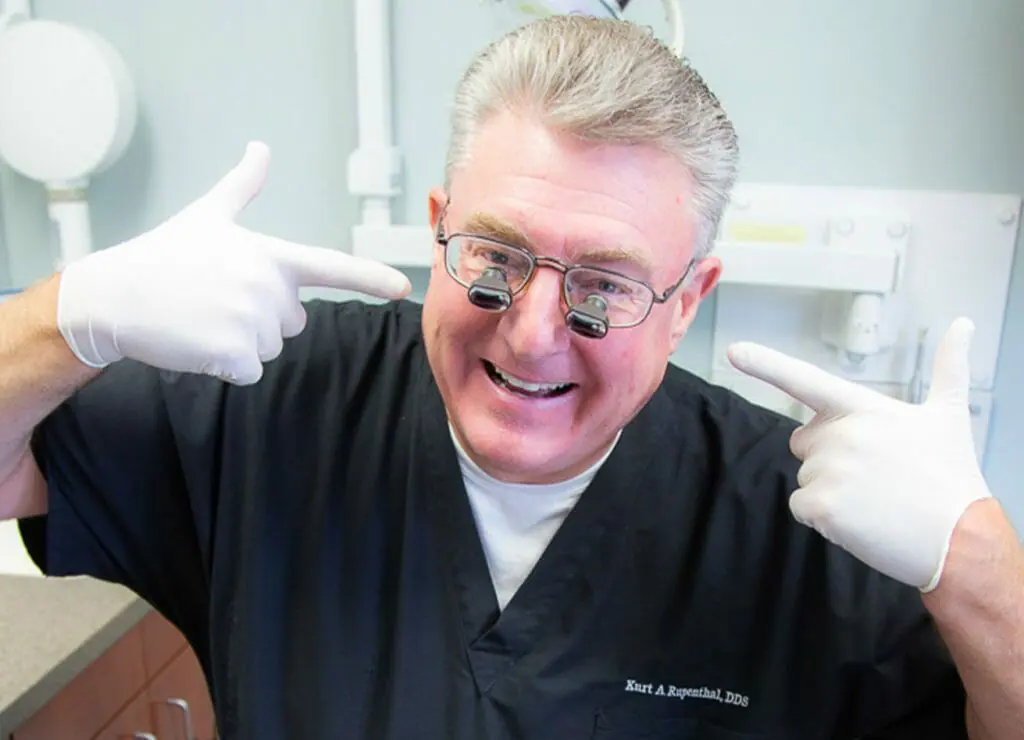Extractions

Why might I need an extraction?
There are a number of reasons one may require a tooth extraction:
- Severely decayed tooth
- Broken tooth
- Advanced periodontal disease
- Poor tooth positioning (impacted teeth, for example)
- Preparation for orthodontic treatment
Will the extracted tooth be replaced?
When a tooth is removed, it can affect the rest of the teeth and mouth. Chewing can be compromised, the jaw joint can become problematic, and teeth can shift. To avoid any potential problems, Dr. Rupenthal will provide options for replacing the extracted tooth.
Will I feel pain during the extraction?
While you’ll feel some pressure, we will prevent any pain by administering a local anesthetic to the area around your tooth, jaw bone, and gums. The nerves in these areas will be numbed. If at any time during the extraction you feel pain, let Dr. Rupenthal know immediately, and he will adjust accordingly.
Will you remove the entire tooth at once?
Dr. Rupenthal will rock the tooth back and forth to widen the socket for extraction. If the tooth cannot be removed in whole because the socket won’t expand sufficiently or there’s a curvature at the root, the tooth will be sectioned, and each part will be removed piece by piece.
What happens after the tooth is extracted?
In order to properly heal, a blood clot must form so the bleeding stops. After the tooth is removed, you’ll bite down firmly on a gauze pad for about 30-45 minutes. If this isn’t enough time for a clot to form, take another 30 minutes with the gauze pad.
You will have to be patient and careful for 72 hours following the procedure. Avoid using straws, vigorous rinsing/gargling, drinking alcoholic beverages, and brushing your teeth near the extracted tooth. During the 24 hours immediately following the extraction, do not exercise excessively, as your blood pressure will rise, which can cause bleeding.
Swelling and pain may occur. Apply ice to the area to reduce swelling and take pain medication as prescribed by Dr. Rupenthal. If we prescribe antibiotics, be sure to finish the entire dosage, even if you’re feeling okay.
After 24 hours, get back to brushing and flossing as normal. This will keep your mouth as clean as possible, aiding in the healing process.
Can I eat normally after the extraction?
Be sure to drink plenty of fluids following the extraction. You can eat soft foods until your mouth feels better.
What if I’m not healing as expected?
If you are experiencing pain, swelling, or heavy bleeding after 2 or 3 days, or have an adverse reaction to the pain medication or antibiotics, contact the office right away.
